Following the conference, Touchpoint Editor-in-Chief Jesse Grimes discussed with her how service design is working towards the goal of delivering ‘sevenstar service design’.
Jesse Grimes: Your presentation at the SDN's Global Conference 2016 was probably the first time that many people in the audience became aware of service design both in the UAE, and the Gulf region in general. From your local perspective, can you share your view on the current state of service design, in both the public and private sectors?
Muna Al Dhabbah: Service design has been practiced in Dubai and the region for some time, but under different titles such as service improvement, service re-engineering and service development. Many programs in the public sector - such as the Government Service Excellence Program - have created a cultural change through their various projects. These include the Service Development Manual, service quality manuals, service development projects, service awards, service key performance indicators and much more. The Service Development Manual is a guide for entities to enhance their services by being customer-centric when those services are being designed. It starts by focusing on understanding strategic objectives, then on customers’ needs, then on developing solutions, and finally implementation. This continuous cycle of engaging customers in improving government services and focusing on both efficiency and effectiveness is key to the success of service design projects.
All of these projects were used as tools in training and developing service delivery in the government sector. Around 5,000 customer service employeeswere trained in excellent customer service delivery. In addition, management and key champions in the organisations were trained on how to design services through the Service Factory projects.
I'm curious to know more about the unique cultural issues that might come into play when designing citizengovernment service interactions in the UAE. Are there interesting aspects that must be taken into account that might be unfamiliar (or surprising) to a public sector service designer working in Western Europe or North America, for example?
The UAE culture comprises around 200 nationalities receiving more than 4,000 services from the government. Understanding their cultures and how to design services around their needs and wants is key aspect of being successful. However, the UAE has always strived to provide excellent services for all residents and citizens. Customising a service to meet the expectations of customers is important to deliver ‘seven star service’. Therefore, each government body focuses its effort into designing services that not only meet the expectations of the customers but also exceed them. The UAE culture is hospitable, welcoming all different nationalities and treating them equally. Working collaboratively with citizens and residents was key in our successful approach to redesigning services and standing on the key common needs of the public.
Each nationality has a different culture, and that shapes their expectations of the level of government services delivery. Therefore, customers who have high expectations tend to score low satisfaction on services. On the other hand, customers who have low expectations tend to give high customer satisfaction scores. This has been taken into consideration when designing services, by focusing on each segment’s needs and trying to accommodate their requirement as much as possible.
Can you share one of the success stories from the work that you have carried out in your partnership with FutureGov? Was there one project or specific service improvement that stands out?
One of them is the case of the ‘getting married bundle’, which was focused at enhancing the experience of the medical check-up required for engaged couples before their wedding. This procedure is to ensure that the couples or their children will not have health problems that affect the family. The problem was how to address the privacy issue in service delivery and make it part of the celebration of the happy occasion of getting married. The team tested the prototype of carrying out the medical check-up at the engaged couple’s home. The learning was that even though that 50 percent of those involved liked the idea and were willing to pay extra fees, the other 50 percent still preferred visiting the medical centre, where design changes were carried out to accommodate privacy.
This taught us that we cannot provide solutions to customers with a one-size-fits-all approach, we should understand that various people want different solutions. Even those who did prefer the home medical check-up still needed discretion in how the service was delivered. For instance, they did not want the doctor to wear a doctor’s coat, and they didn’t want the hospital car to carry the name of the ministry, so the neighbors wouldn’t know about the visit. Those changes reduced the anxiety they have about the results and who would know about it.



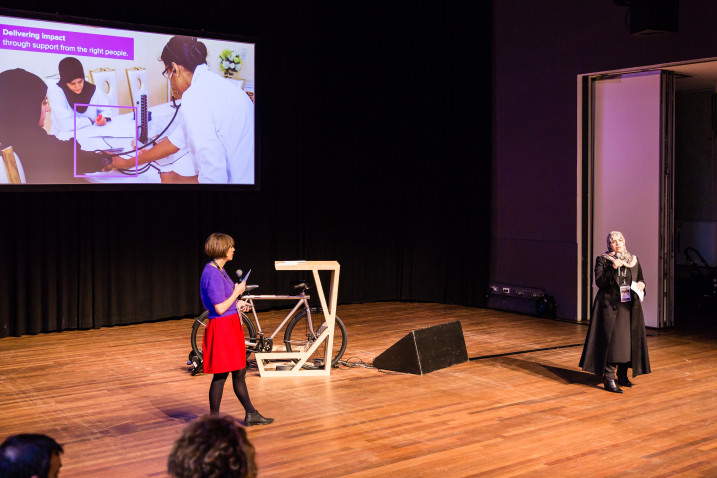
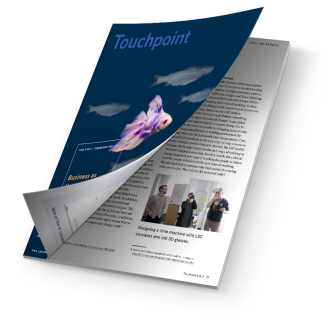


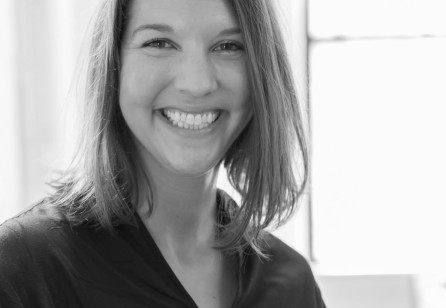
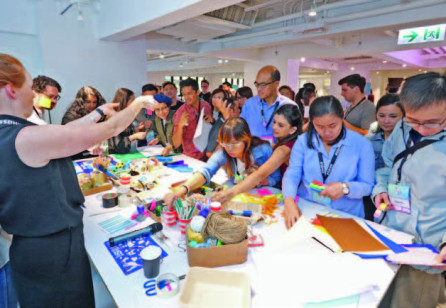
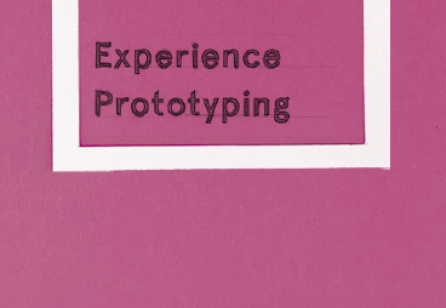
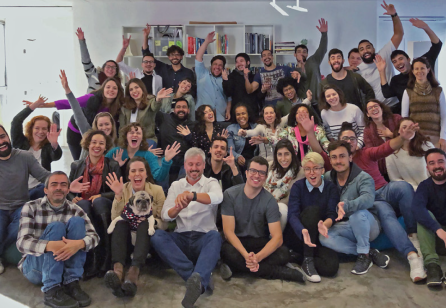

Share your thoughts
0 RepliesPlease login to comment